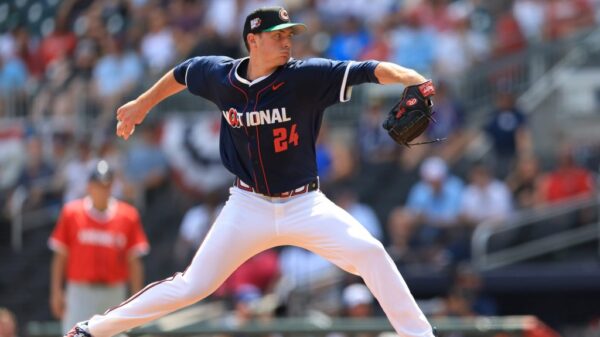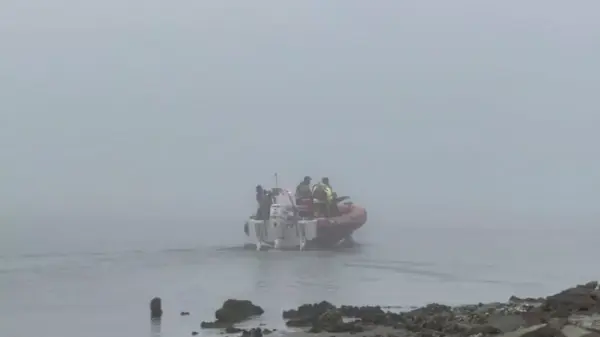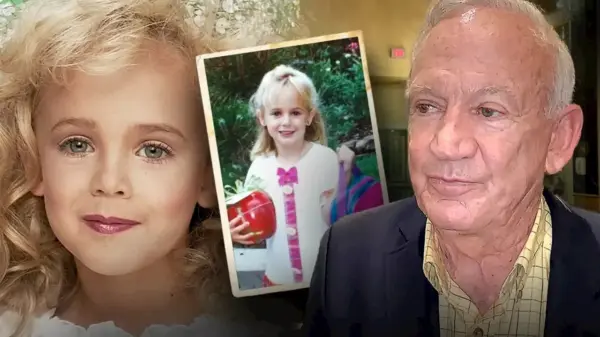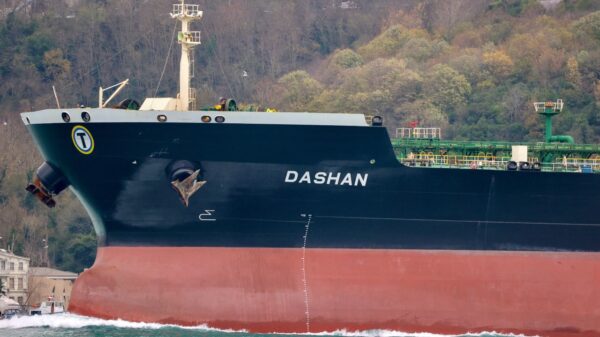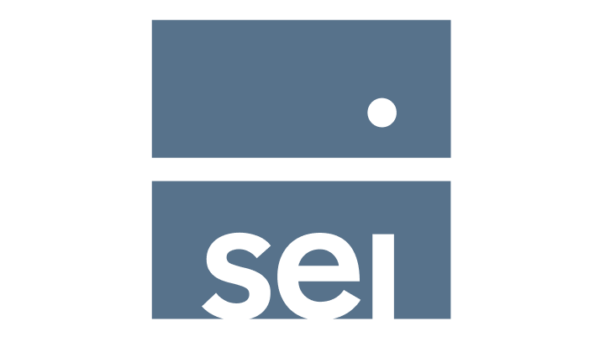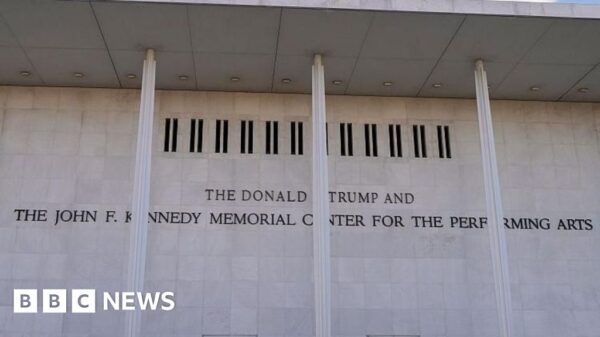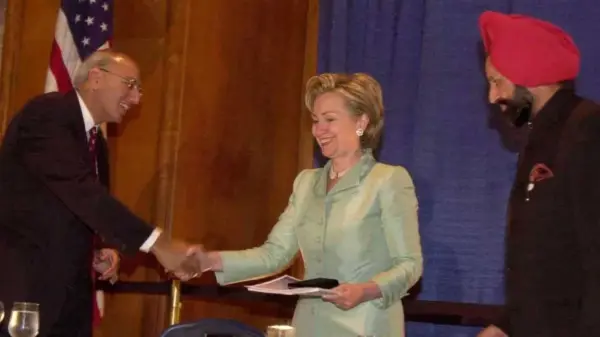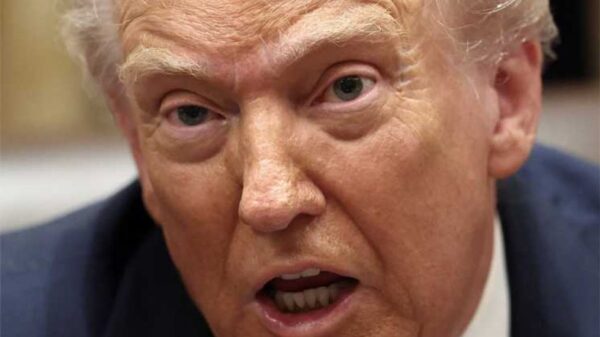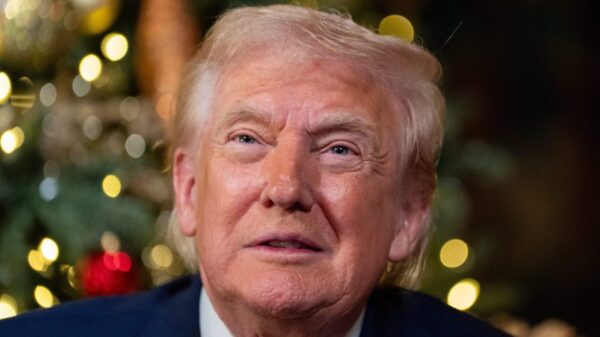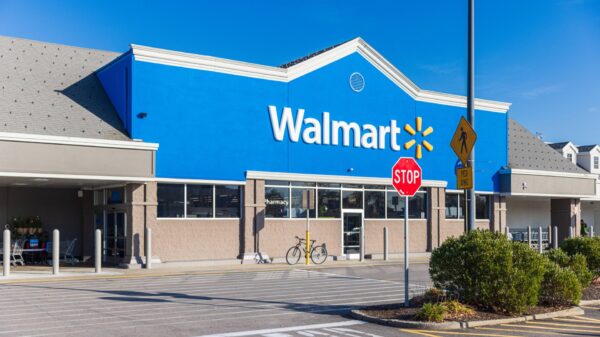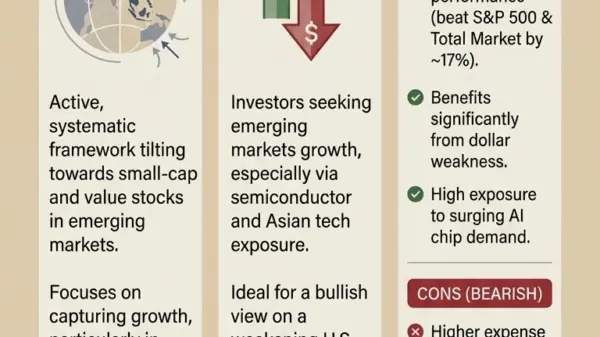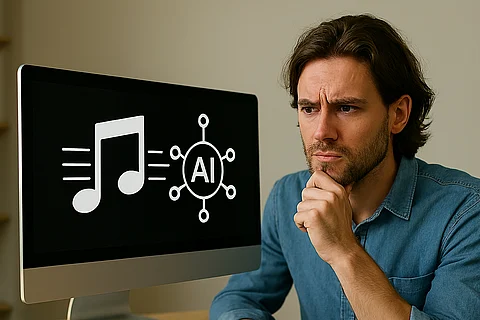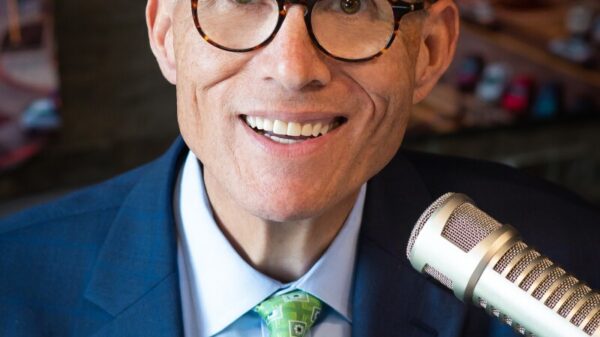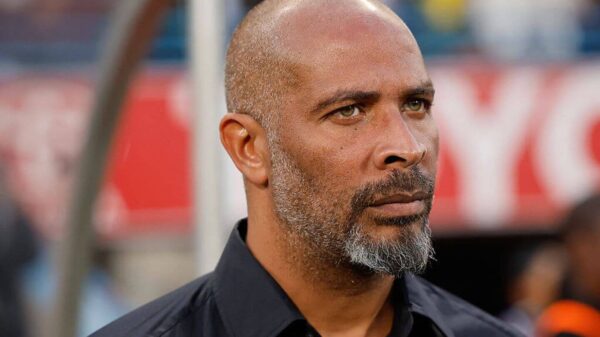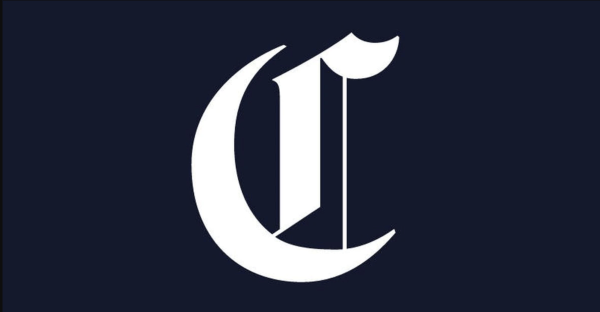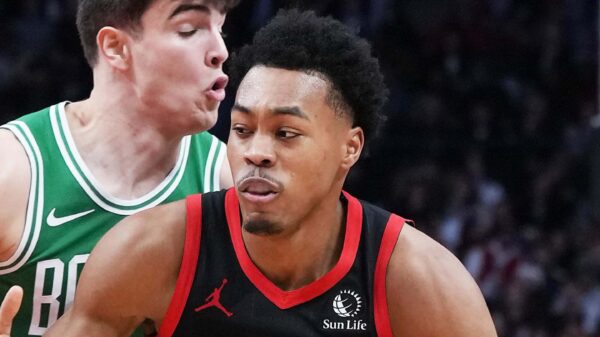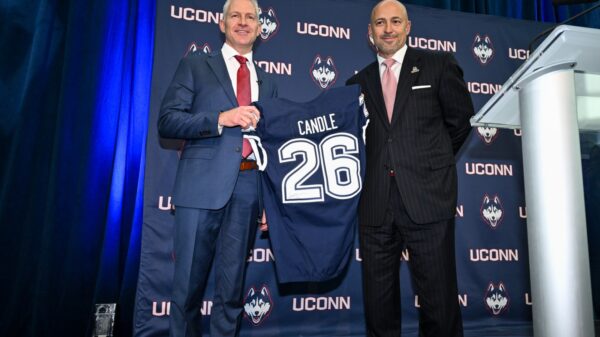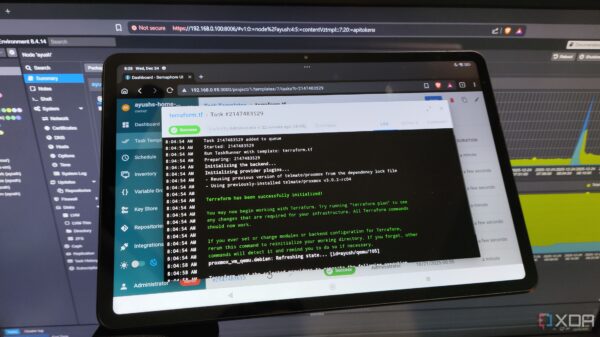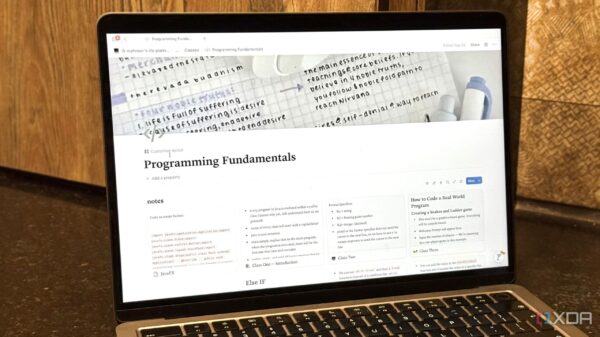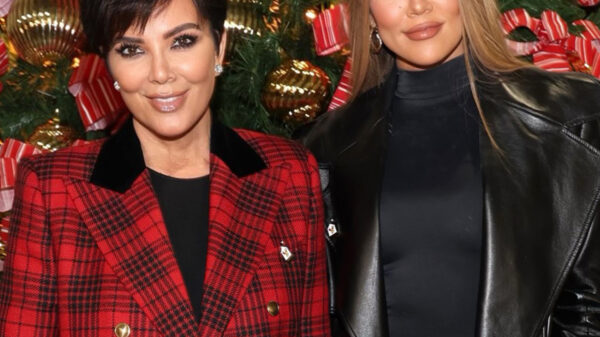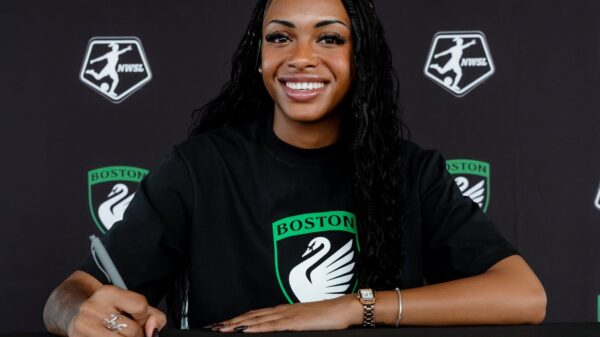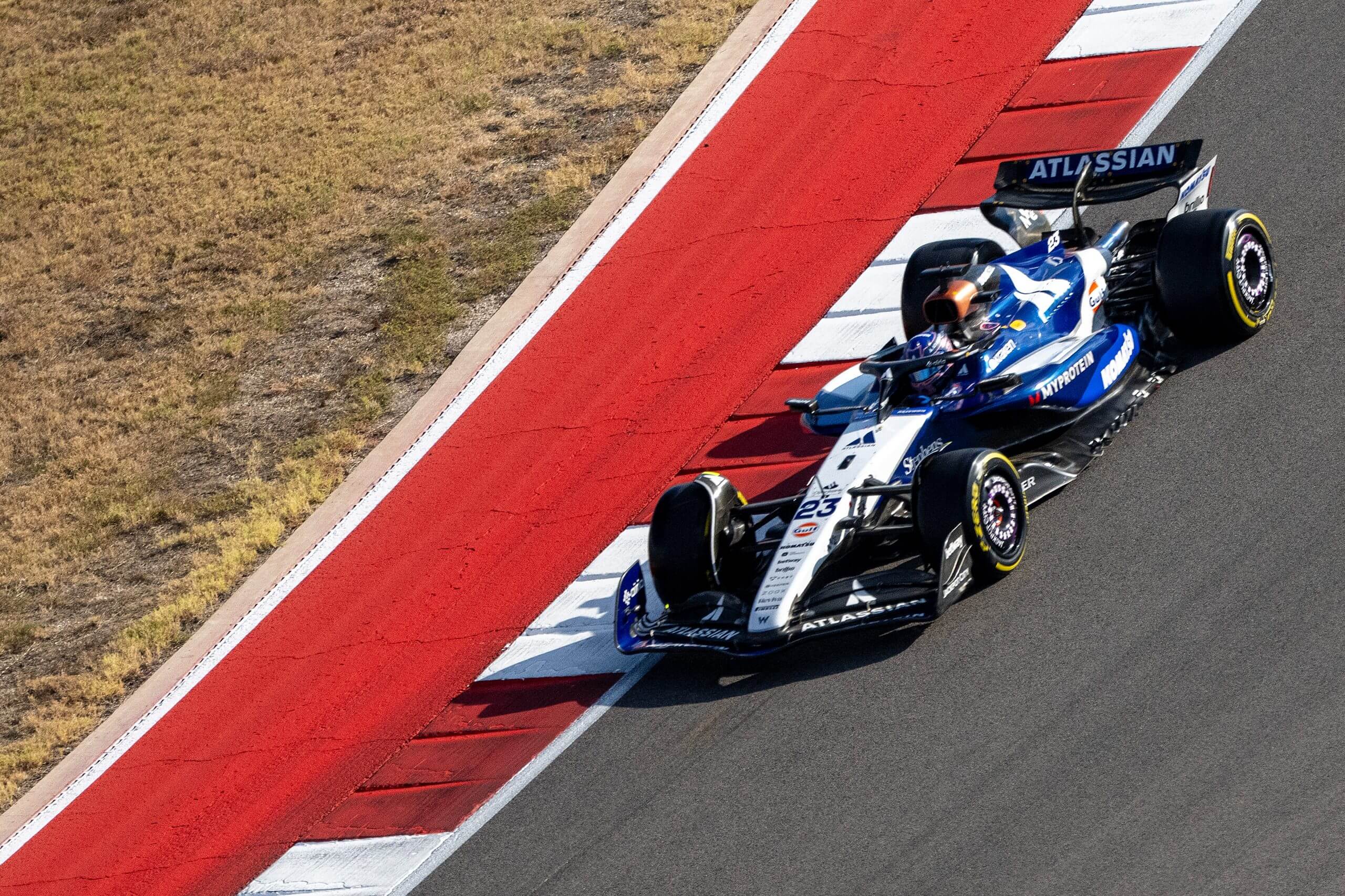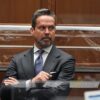Williams Racing marked a significant milestone at the recent Azerbaijan Grand Prix, securing its first podium finish since 2017. This achievement, led by driver Carlos Sainz, is not just a trophy for the team; it symbolizes a remarkable turnaround following years of decline. The once-dominant force in Formula 1 is now on a path of revival after years of underinvestment and struggles at the back of the grid.
The team’s fortunes began to change in 2020 when it was acquired by Dorilton Capital, an American private investment firm. The sale was challenging for the Williams family, who had been integral to the team’s legacy. However, it was a necessary step to secure Williams’ future. In a recent interview, Matthew Savage, chairman of Dorilton, emphasized the importance of a long-term vision, stating, “We wanted to stay the course, really invest behind the name, bring it back to the front of the grid.”
Under Dorilton’s stewardship, Williams has made substantial progress in the competitive landscape of Formula 1. James Vowles, appointed as team principal in January 2023, has played a pivotal role in this resurgence. He acknowledged that the team’s journey is just beginning, saying, “We’ve come from a long way back, and we’re nowhere near finished on that journey. We’re here to win.”
Historically, Williams faced immense challenges. In 2020, the team finished last in the constructors’ championship without scoring a single point. The acquisition deal was valued at approximately $200 million, but Savage recognized that significant investments were necessary to compete with leading teams like Mercedes, Red Bull, and Ferrari, which operate on budgets that can be five times larger than Williams’ annual budget of around $150 million.
The introduction of a cost cap in 2021, set at $145 million and decreasing to $135 million by 2025, provided Dorilton with a structured framework for investment. This cap not only levels the playing field but also encourages long-term strategic planning. Savage remarked on the importance of effective spending, stating, “You’re dealing with a fixed budget, and you have to make sure that each dollar or pound you spend is the most effective way to spend that money.”
Key changes implemented include adopting modern accounting practices and enhancing operational efficiency. The team’s infrastructure upgrades, such as a new driver-in-loop simulator costing over $13 million, reflect a commitment to not just compete but excel. Vowles credits the swift decision-making process at Dorilton for allowing these crucial investments, as he noted, “Every penny I’ve asked for, they’ve provided.”
The transformation of the team’s culture has also been noteworthy. Savage acknowledged that it was essential for the leadership to lean on F1 experts. Following the sale, Claire Williams, daughter of founder Frank Williams, stepped down as team principal, paving the way for a new leadership approach. Savage recounted an early interaction that highlighted the necessity of data-driven decision-making, emphasizing the need for thorough analysis before making significant operational changes.
Vowles, with his background at Mercedes, brought valuable insights into modern F1 dynamics and has been crucial in aligning Dorilton’s vision with the realities of racing. Savage described Vowles as “aspirational” and “competitive,” noting his ability to attract high-quality talent to the team.
As Williams continues its upward trajectory, the team is also focused on community engagement through initiatives such as a STEM program aimed at students aged eight to 18. This program, expected to involve over 12,500 students this year, aims to inspire future generations to pursue careers in STEM fields, including motorsport.
Looking ahead, Williams is positioning itself for a pivotal moment in 2026, when new car design regulations will come into effect. Vowles has expressed confidence that the groundwork being laid now will enable the team to capitalize on these changes. “This is a minimum 10 or 15-year program,” he stated, underscoring the long-term commitment of Dorilton.
Savage remains optimistic about the future, expressing a desire for Williams to be competitive not just for individual races but for championships in the long run. He articulated a vision for the team, stating, “We’d like to win a whole Concorde Agreement of championships, not just one season. That’s the objective.”
As Williams Racing continues its journey from the depths of the constructors’ championship to competing for podiums, the team’s transformation under Dorilton Capital illustrates a commitment to reviving a storied legacy in Formula 1. The road ahead remains challenging, but the foundation for success is being meticulously laid.


